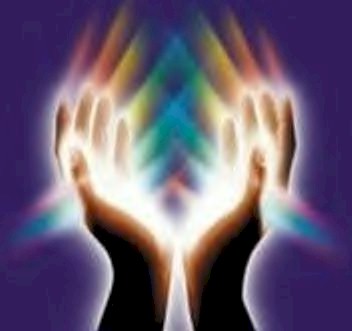By Roberto Sedycias
Feng-Shui is an art that was developed over 3000 years ago. It is based on strategic beliefs over how a building or space is set up. It was developed because it is believed that wind and water is connected to good health and that land and nature are alive and full of energy. With this in mind, a chart was invented listing all of the major elements and their corresponding colors that represent good health and happiness. It is used around the world and is especially popular for businesses that are setting up their office spaces and for home use.
When people are styling their homes they often have a few methods for doing so. They can arrange furniture and items in a way that they feel looks nice and work for the space or they can hire a decorator who will map out a precise color plan and arrange the room accordingly. And people can use Feng-Shui to organize their home and space. In this belief, there are certain colors and items and the placing of furniture that will bring good luck and happiness into the home. Some decorators even base some of their planning based on these methods.
There are two main components of Feng-Shui elements; they are the compass and the Ba-Gua. The Ba-Gua is based on an octagonal grid and the compass is used to assess deep meaning inside a room, space or building.
There are five elements to Feng-Shui. They are; wood, fire, earth, metal and water. Each of these elements has a corresponding color attached to them. Wood is associated with green and brown. Fire is together with red, yellow, orange, purple and pink. Earth goes with light yellow and sandy tones, light brown. Metal is a part of white and gray, and water is with blue and black tones. It is believed that color can be used to make a space stronger and more balanced. Creating a happy space is something that everyone desires when decorating an office or home space.
There are things to consider before adding Feng-Shui elements to a space. The first thing that needs to be done is de-cluttering your space. There is no point in applying the principals and beliefs if your space is cluttered and messy. Feng-Shui is all about balance and harmony, something that cannot be achieved with a cluttered kitchen counter or a bathroom with towels all over the floor. Providing good air quality is also important. There needs to be access to fresh air or an air cleaner to ensure that the air flow is good. And the lighting in the room needs to be appropriate, natural light works best for allowing Feng-Shui properties to run through them.
There are lots of decorating beliefs with Feng-Shui, to name a few, there are colors that have been known to add or take away certain emotions or elements. Dark blue can affect a person`s thinking, white is considered a color of death in Chinese belief, light greens are warm and welcoming, and red is good luck. In the bedroom it is advised that things be put in pairs to aid in marital bliss, it is also recommended that the bed always face the door to keep a good idea on the main entrance way of your room while you are sleeping. And in the office it is imperative that the desk or desks be facing a door to see who is coming and going. In the kitchen it is advised that your stove be in front of a door way or a mirror and that someone shouldn`t cook if he is in a bad mood.
About the Author: You can have access to articles about self help in Portuguese language from page Self_Help Roberto Sedycias works as IT consultant for Polomercantil
Source: www.isnare.com
Permanent Link: http://www.isnare.com/?aid=480441&ca=Self+Help
More here: The Basics of Feng-Shui







Leave Your Response